






of







of







of





















Shusha Realni School was founded on September 20, 1881, in Shusha with 6 classes. In the nineteenth century, new types of schools began to appear in Azerbaijan. During this period, there was only one main school in Baku, and one classical gymnasium in Ganja. This changed after the demand for education in the region grew, two schools were no longer sufficient thus prompting the population of the city to appeal to the Petersburg-Caucasian committee. The appeal stated: “Ganja governor requests to open a sixth-grade real school in Shusha city, based on the willingness and demand of the residents to study (Studying more than 400 students at City School reaffirms this initiative once more) and the desire of the city community. The city community is committed to providing the school with the appropriate building and helping with 7500 manats a year”.
The efforts of the local population led to the foundation of the school in Shusha on September 20, 1881. After the first years of the school’s opening, 159 pupils were enrolled in the school, consisting of preparatory classes and three main classes. 58 of the students were Azerbaijani, 91 were Armenian, whilst the other 10 were a student from other nationalities. In 1886, 7,500 manats were spent on the development of the school.
In 1890, a representative of the Caucasian Ministry of Education brought Ziaaddovla Anishirəvan Mirza Qajar and anthropologist Shantr to the school. These visits increased the interest of the students, which lowered the percentage of absence at the school to 7.64%.
Shusha Realni School was considered an exemplary educational institution at that time. Despite the religious prohibitions in that school, special attention was paid to the learning and teaching of foreign languages and literature. The school was an open-minded establishment that promoted the acquisition of languages other than Azerbaijani. In 1890, contrary to the Tbilisi schools, German was not forced upon the students, but the choice to learn it was made available.
Mirza Salah bey Zohrabbeyov, Yusif bey Malikhaqnazarov, Hashim bey Vazirov, were part of the well-known educators of the time, who taught in the School. The two famous Azerbaijani writers Abdurrahim bey Hagverdiyevand Yusif Vazir Chamanzaminli were amongst the students who enrolled at the Shusha Realni School.
Beginning in the 1920s, the school entered a period of prosperity. From the 1927-1928 academic year, it became a seven-year school and became one of the best educational institutions in the Republic. From the 1937-1938 academic year, Shusha Realni School was renamed as Shusha city secondary school No. 1. In 1966, another educational institution was established based on Realni School that named as secondary school No. 4, and this school was moved to a new building and named after great Azerbaijani composer Uzeyir Hajibeyov.
The Shusha Realni School operated until the occupation of Shusha city by the Armenian Armed Forces in 1992. After the occupation, the Armenian vandals burned and utterly ruined the Shusha Realni School.
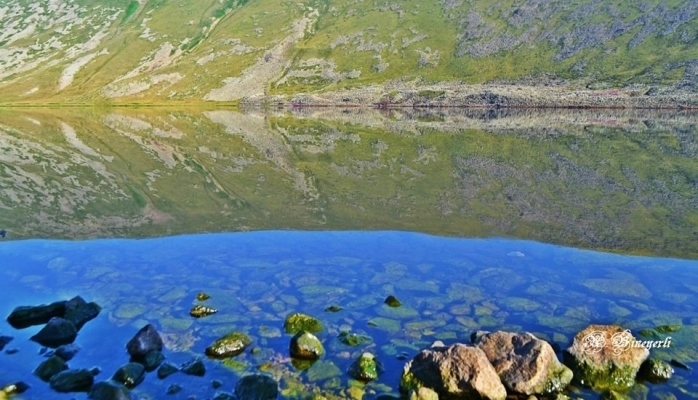
Qaragol Interrepublics State Reserve was set up with the decision of the Council of Ministers dated November17, 1987. Garagol State …

The idea of establishing Aghdam Bread Museum, which is considered to be the second in the world after the Zurich …
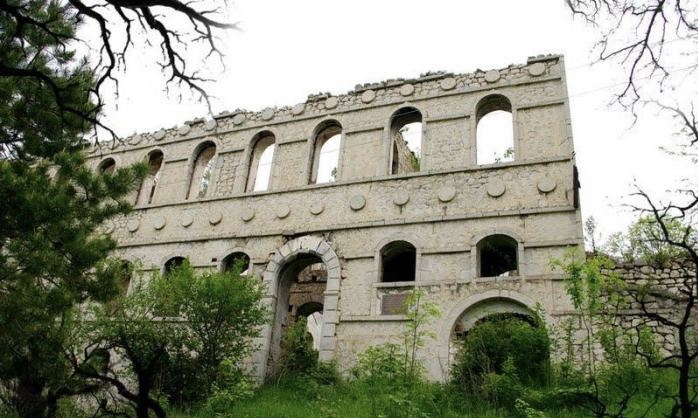
The Khurshudbanu Natavan’s House is a historical and architectural monument of the 18th century located in the city of Shusha. …

Museum Mausoleum Complex of Molla Panah Vagif is located in Shusha, Azerbaijan. It was built in honor of Molla Panah …
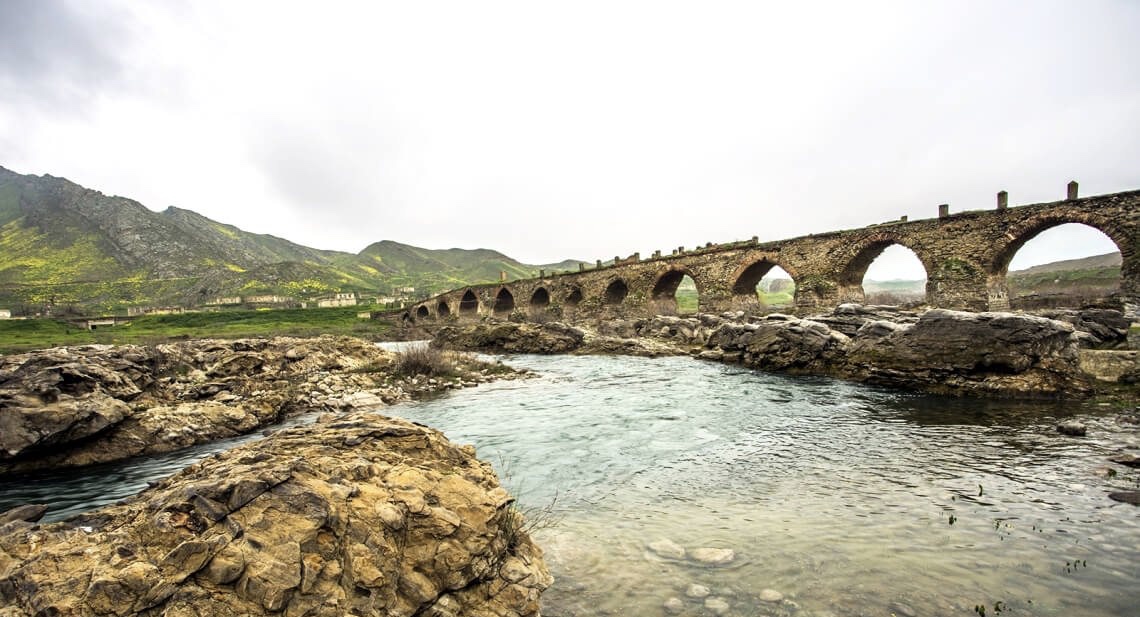
The Bridge belongs to the Arran architecture school. The first written source that mentioned the 15-arched Khudafarin Bridge belongs to …
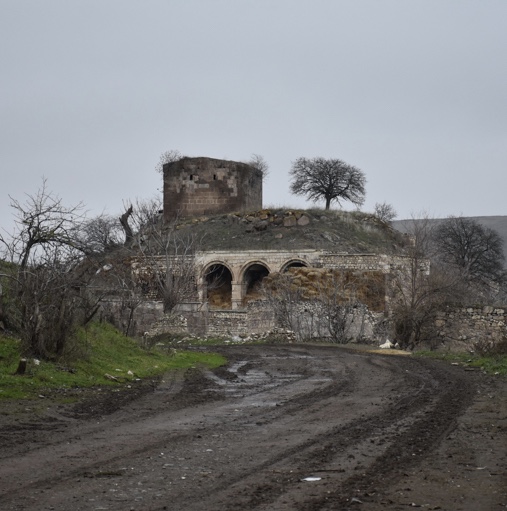
Garghabazar Caravanserai was built in 1681 at the hillside, in the center of Garghabazar village of Fuzuli district, 8 km …
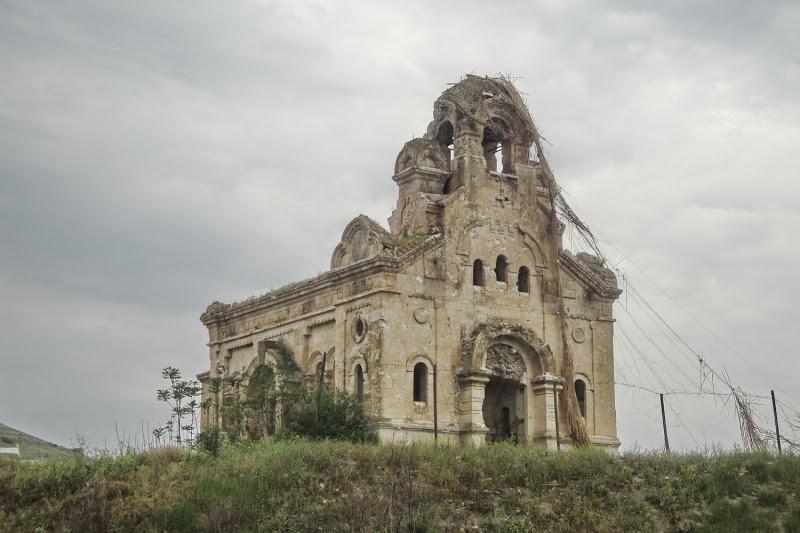
Armenia’s vandalism in Nagorno-Karabakh and seven surrounding regions affected not only the historical, cultural, and religious heritage of Islam but …

Jabrayil History-Ethnography Museum has been operating since 1953. Archaeological and ethnographic materials belonging to the history of the region, textiles, …

Khudavang, or Dedeveng, Monastery Complex is located in the Vang village of Kalbajar District, on the left bank of Tartar …

“The 19th century Aghdam Juma Mosque is perhaps the only structure that has withstood the years of neglect since the …